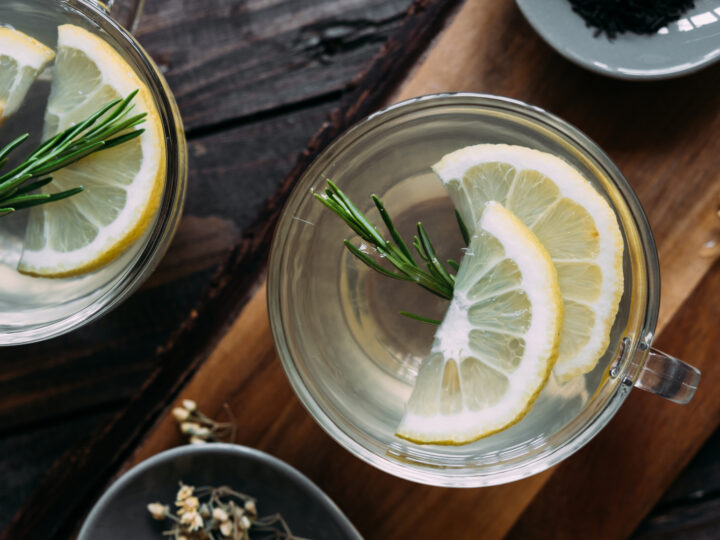4 EASY EASTERN SWAPS FOR WESTERN OTC MEDICATIONS
Say Ta-Ta to Tums
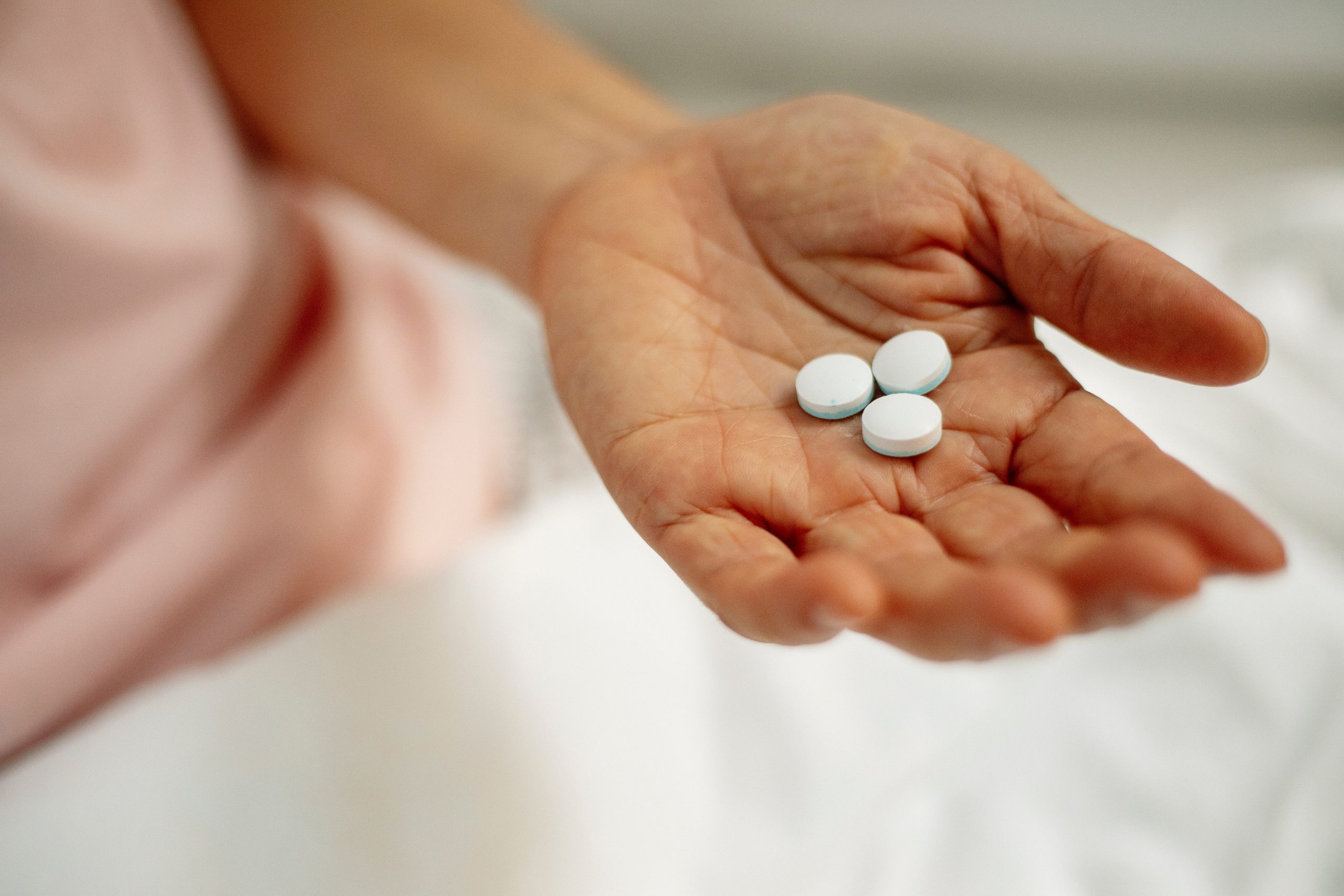
In the western world, there’s a pill for every occasion. Whether you have a headache from partying too much the night before, you’re stuffy from a cold, or you’re doubled over with period cramps, there’s an over-the-counter medication you can take.
But sometimes, these OTC meds aren’t the best solution to our problems. If you’re looking for a more natural way to deal with everyday problems like headaches, heartburn, congestion or period pains, Eastern medicine has got you covered. Here’s 4 easy swaps for western meds from TCM and Ayurveda.
Swap Out These 4 Pills For Eastern medicine Cures
Tums
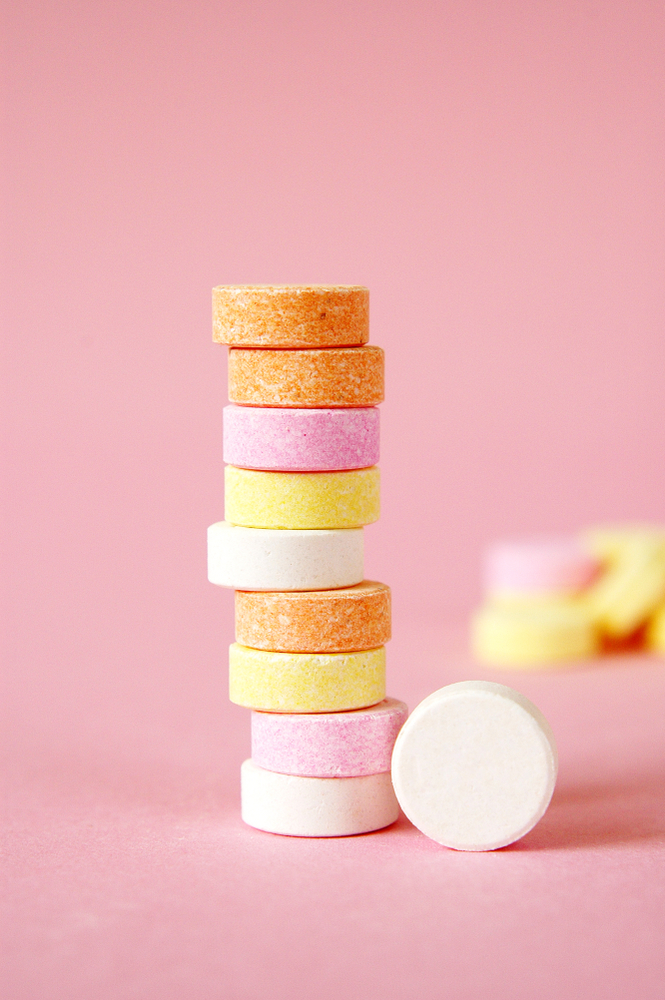 Whether it’s from stressing out or eating out, heartburn is no fun. When that burning sensation hits, many people turn to antacids like Tums, Alka-Seltzer, and Rolaids. Made up primarily of calcium carbonate, antacids neutralize the hydrochloric stomach acid that causes heartburn, indigestion, and acid reflux.
Whether it’s from stressing out or eating out, heartburn is no fun. When that burning sensation hits, many people turn to antacids like Tums, Alka-Seltzer, and Rolaids. Made up primarily of calcium carbonate, antacids neutralize the hydrochloric stomach acid that causes heartburn, indigestion, and acid reflux.
But antacids aren’t for everyone. They’re high in sodium, so they’re not good for people who are watching their salt intake and studies have linked antacids with an increased likelihood of developing food sensitivities. For some people, taking antacids can also cause constipation. Also, some get reflux because there is not enough acidity in their diets to trigger the closing of the esophageal sphincter, so the acidity they have bubbles up and irritates them.
That’s where Eastern medicine comes in. TCM practitioners often prescribe licorice tea to their patients who suffer from heartburn. Researchers have found that, in the long run, licorice tea is actually better at getting rid of heartburn because it increases the mucous coating on your esophagus, making it less susceptible to excess stomach acid.
Ibuprofen
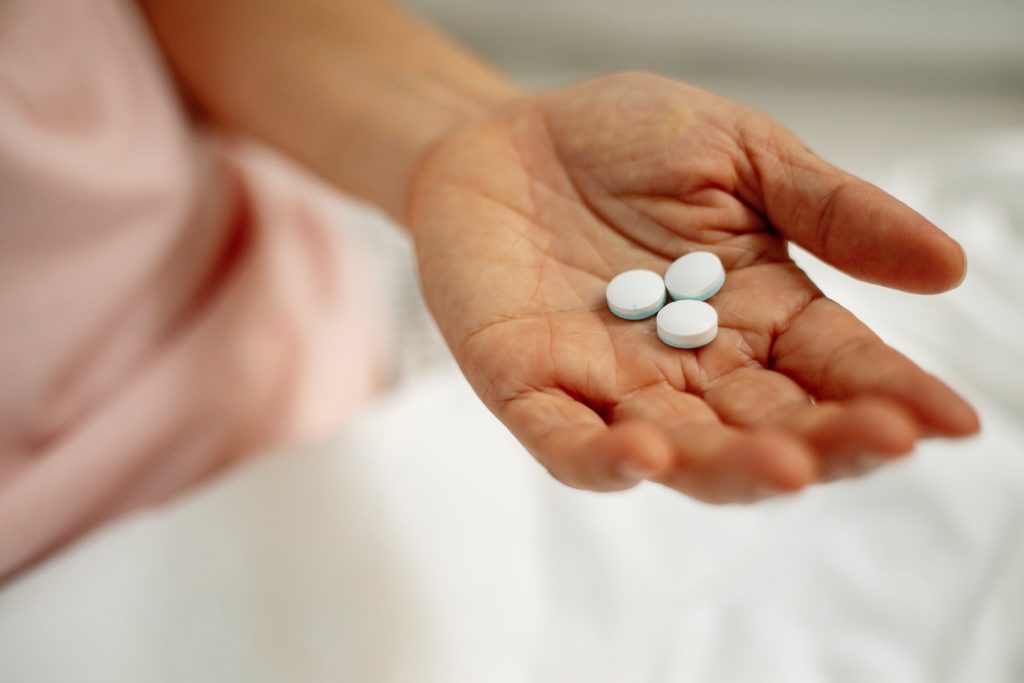 Ibuprofen, aka Advil or Motrin, is part of a group of drugs known as NSAIDs (Non-steroidal anti-inflammatories). Along with Ibuprofen, NSAIDS include Aspirin and Naproxen which is known by the brand name Aleve. NSAIDs help reduce fevers and ease pain or swelling from sore muscles or arthritis.
Ibuprofen, aka Advil or Motrin, is part of a group of drugs known as NSAIDs (Non-steroidal anti-inflammatories). Along with Ibuprofen, NSAIDS include Aspirin and Naproxen which is known by the brand name Aleve. NSAIDs help reduce fevers and ease pain or swelling from sore muscles or arthritis.
They’re so popular that you can find them in nearly every home in the US and on the shelves of every grocery store, pharmacy, and convenience store. But there’s a downside to using this kind of medicine too much. Researchers have found that long-term use of NSAIDs can impair kidney function and throw off your electrolyte levels.
So what can you use instead when you have a headache or sore muscles?
When it comes to joint pain from arthritis and inflammation from hitting the gym too hard, turmeric is an especially potent anti-inflammatory herb. Its secret ingredient is Curcumin, which calms inflammation quickly. To get the most out of your turmeric, try fermenting it to make it even more powerful. If turmeric isn’t your favorite, ginger is another anti-inflammatory TCM herbal remedy that can help with joint pain. You can cook with both ginger and turmeric, or take them in pill or tea form.
For headaches, you can try willow bark from the Salix species. Willow is like nature’s aspirin. In fact, aspirin was invented when chemists tried to make an artificial version of salicylic acid, the chemical that’s made in our bodies when we eat willow bark. Known as liu shu pi in TCM, willow park is a natural replacement for NSAIDs that helps with relieving pain and lowering fevers. Plus, researchers have found that it helps specifically with arthritis and low back pain. However, it’s not recommended for kids and teens.
Decongestant
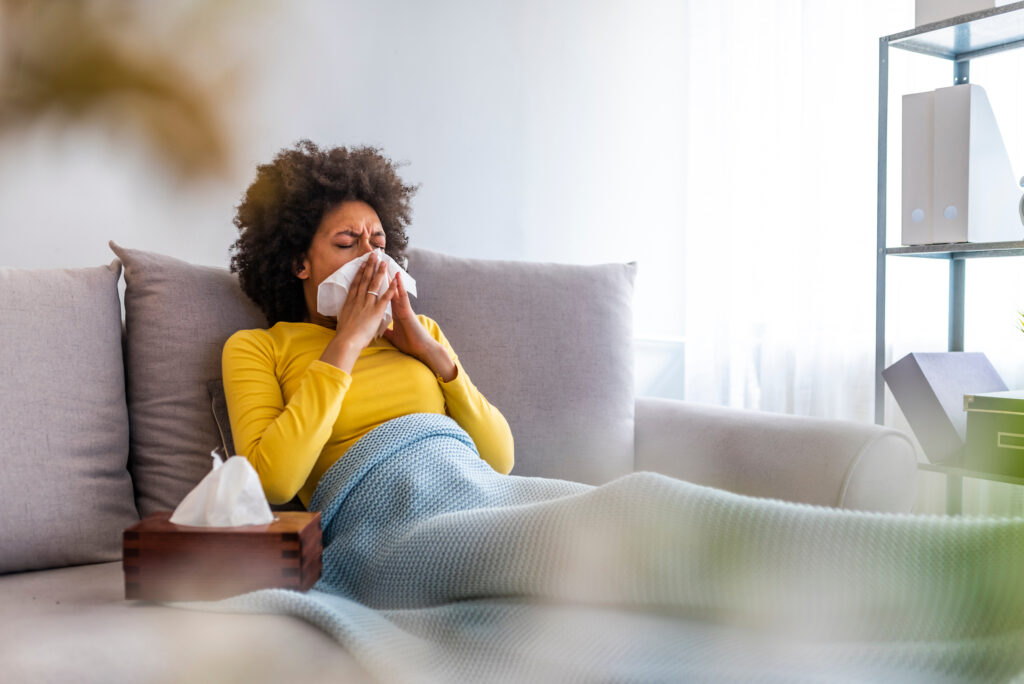 Whether You’ve got a cold or seasonal allergies, having a stuffed up nose is a horrible feeling. You can’t breathe properly, and you never stop sniffling. In the west, many people turn to decongestants like sudafed or Benadryl (pseudoephedrine) to help clear things out.
Whether You’ve got a cold or seasonal allergies, having a stuffed up nose is a horrible feeling. You can’t breathe properly, and you never stop sniffling. In the west, many people turn to decongestants like sudafed or Benadryl (pseudoephedrine) to help clear things out.
But there’s pretty serious side effects if you take too much pseudoephedrine. It can make you nauseous, give you a headache, and even make you jittery or restless. It’s also not a good idea to take drugs like sudafed when you’re pregnant.
So what do you do when pollen strikes or a cold gets you blocked up? You just target some acupressure points.
There are certain points all over your body that you can target to relax your muscles, trigger chemical reactions, and ease pain. Best of all, you can do it yourself! So sinus relief is free and easy to do, any time, anywhere.
To get started, stand in front of a mirror so you can find the acupressure points more easily. Once you find them, you can either apply constant pressure or gently rub the point for 3 minutes. You can use your fingers or a pencil eraser tip to massage the point.
These are some points to help with congestion:
- LI-20: The LI20 point is on either side of the base of your nose. Press your fingers where your nose meets your cheeks and you’ll find it.
- BL-2: This spot is on the side of your nose bridge, underneath the beginning of your eyebrow. This spot is especially good for sinus pressure around your eyes.
- GV-24.5: This spot is also known as your third eye, and it’s right in the middle of your eyebrows. You can find it by looking for the point where your forehead meets your nose.
Whenever you’re feeling congested, just target these pressure points throughout the day and you’ll start to feel much better.
Midol
For many women, Midol is a must during that time of the month. It’s a combo of pain relievers like Ibuprofen and Acetaminophen, plus anti-inflammatory ingredients like Naproxen. All these ingredients work together to lower your prostaglandin levels. This helps ease contractions in your uterus that can cause pain and cramping.
But there are drawbacks to Midol. Taking too much can be bad for your liver thanks to the NSAIDs it contains. But Eastern medicine can help you survive your period and live to tell the tale, even without Midol.
For cramps, dill seed tea is a great option to help with the pain of cramps. It’s full of mefenamic acid which is a natural pain reliever. For bloating and digestive issues, you can drink aloe vera juice. Ginkgo biloba is another TCM herbal remedy for PMS. Researchers have found that 3 40 mg tablets a day during your period helps physical and emotional symptoms of PMS. Just double-check with your doctor that it doesn’t interact with any medications you’re on.
Popping pills is easy, but in the long run it can end up being bad for you. So try making these 4 easy swaps for popular OTC medications and your body will thank you!
Comments (0)
Leave a reply
You must be logged in to post a comment.


